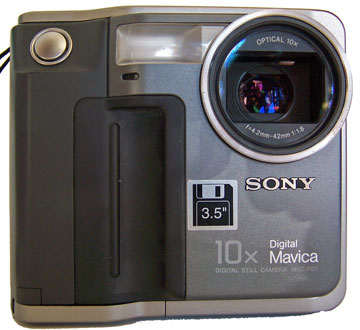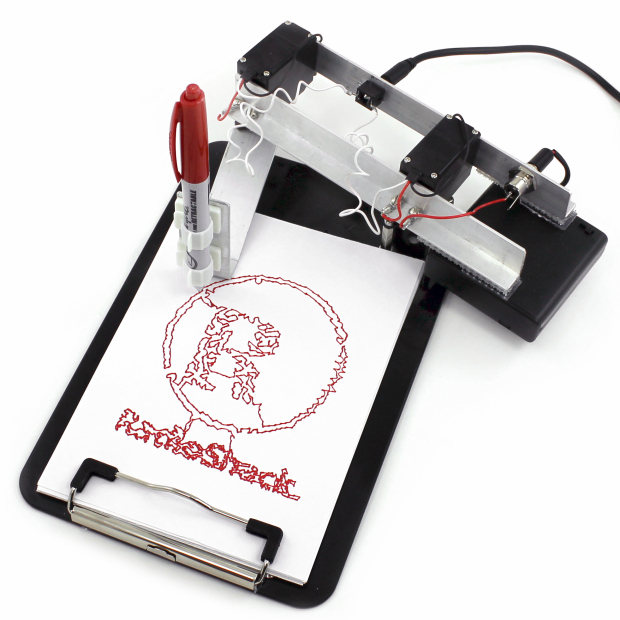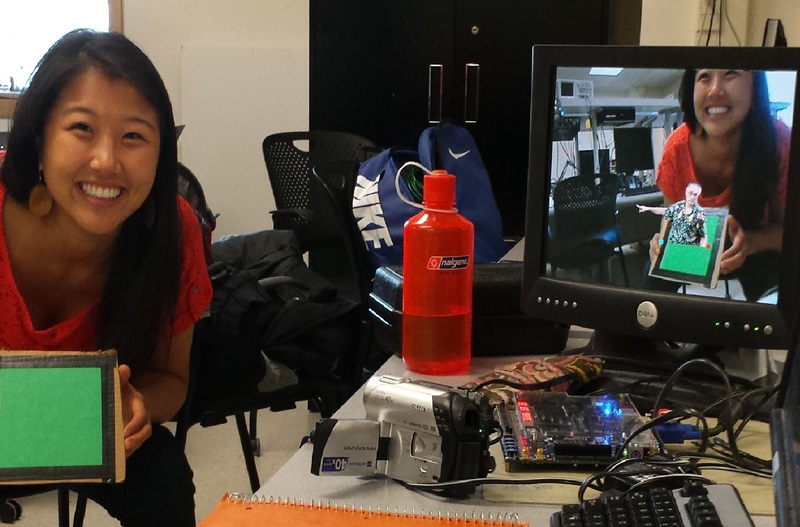Robot uses Kinect for Mapping
Check out this Robot that uses Kinect for Mapping that Sean Anderson, Kirk MacTavish, Daryl Tiong, Aditya Sharma from University of Waterloo built for their 4th year project. “Current accomplishments: – Optical Flow using Shi Tomasi Corners – Visual Odometry using Shi Tomasi and GPU SURF . . . . Features undergo RANSAC to find inliers (in green) . . . . Least Squares is used across all inliers






